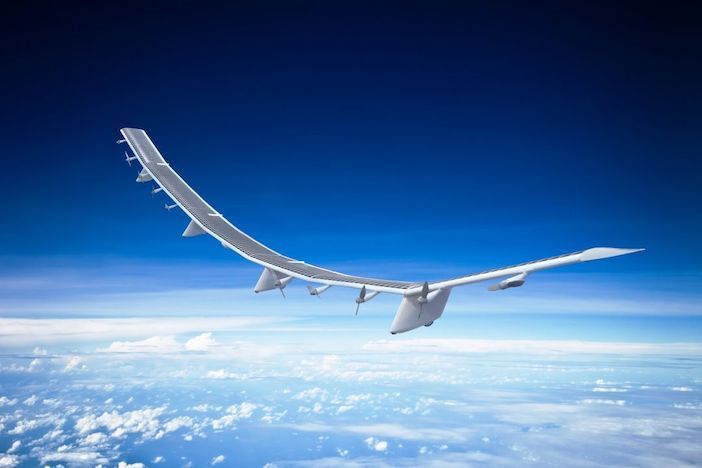Engineers at HAPSMobile have carried out the first test flight of the solar-powerd high altitude persistent drone the Hawk30.
The flight was conducted at the NASA Armstrong Flight Research Center (AFRC) in California on September 11 and
Hawk30 is a solar-powered unmanned aircraft designed to provide a high-altitude communications platform and will be used to provide telecommunications connectivity from the stratosphere as an airborne base station.
The drone has a wingspan of 78m, a cruise speed of 110km/h and is designed to stay airborne for several months at a time at altitudes of around 20km in the stratosphere.
HAPS mobile is a joint venture between Japan’s SoftBank and USA-based aerospace developer AeroVironment.
Junichi Miyakawa, president & CEO of HAPSMobile said, “We were able to see Hawk30 take flight in front of us and witness its grace in the air. We’re extremely grateful to NASA for their guidance and operational support.
“While this successful test flight represents just the first step, we’re moving forward with tests in the stratosphere and long flight duration tests lasting several months up to half a year. HAPSMobile will continue to work toward its goal of bridging the world’s digital divide and revolutionizing mobile networks by leveraging HAPS.”
After operations conclude at AFRC in the coming months, HAPSMobile plans to start stratospheric flight testing at the Hawaiian island of Lanai by the end of March next year.





